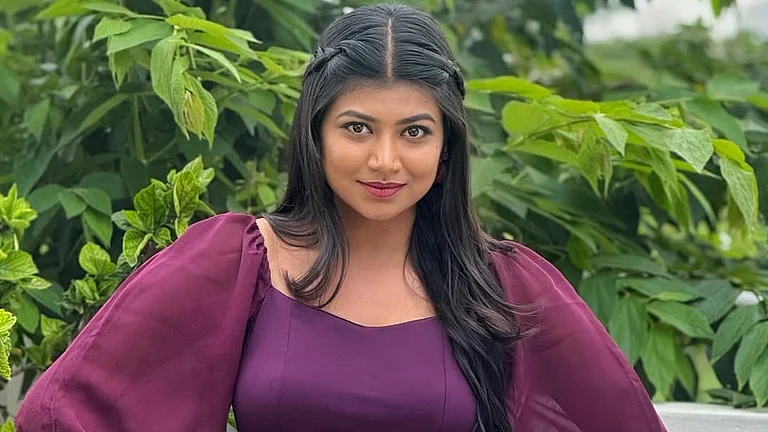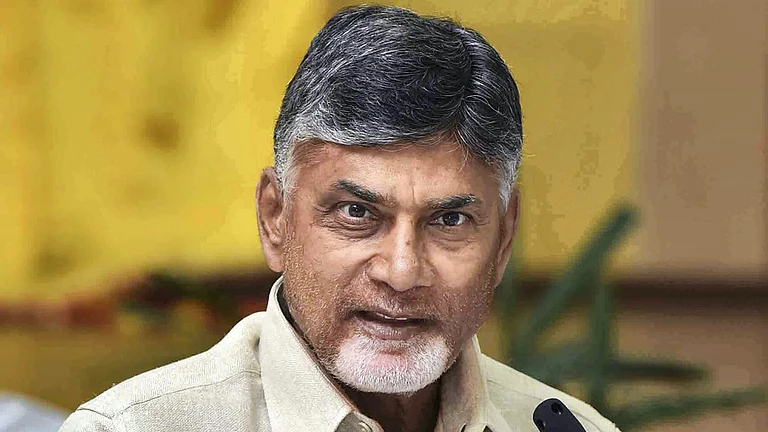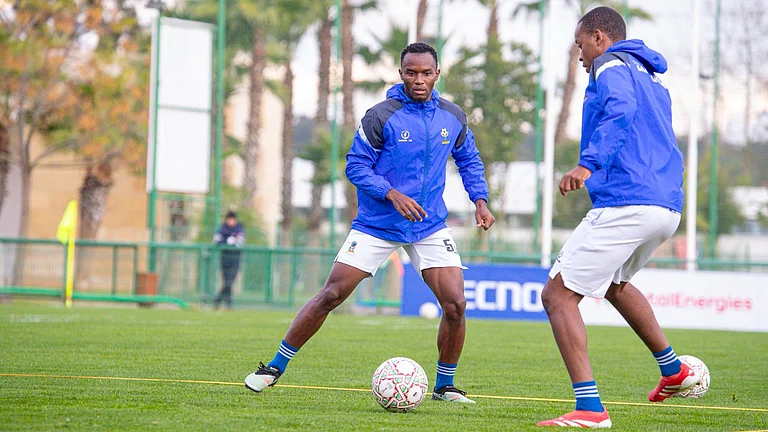Oscar Wilde once said, “When bankers get together for dinner, they discuss Art. When artists get together for dinner, they discuss Money”. Much like that, all conversations around art and Non-Fungible Tokens (NFTs) are usually more about the market and less about art.
If you own any digital asset, it can be converted to NFTs. For instance, if you have a custom-made designer dress tailored for you, although people can make replicas of it, the ownership of the original apparel would lie only with you. NFTs would be the proof or certification of the authenticity of the product in your possession. These digital assets represent real-world objects like art, music, and videos that can be bought and sold online. These transactions are frequently done with cryptocurrency and are generally encoded with the same underlying software as many cryptos. Here, every token has a unique identity on the blockchain that allows people to tie unique assets to them.
Artists who have adopted NFTs find it empowering, like a new digital encounter in which they can build new aesthetics. NFT markets are offering artist new ways to interact a lot more closely with an audience that has otherwise been a massive, and now thanks to this incessant pandemic, a distant one. Collectors, on the other hand, are showing increasing participation in the NFT world because it is the first time, they can co-create their art work together with the artist. “I know that there is a great future for NFTs of multiple mediums of art. It is a totally democratised environment where you don’t necessarily have to be a collector,” says actor, musician and now an NFT artist, Vasundhara Das, who has authored an AI chatbot being sold as an NFT. She seems to very much up for this direct relationship with people who appreciate and buy her art, as she can “see immediate returns from sales and musical works.”

Das has created radical bots (radbots), representative of underrepresented voices. “These voices could be from the past, present, future or fictional. My bot is named Damroo. She represents people who feel musically shut down by narratives that have been fed to us for a variety of reasons, about our own innate musical abilities.” As a facilitator who creates and builds communities in the real world, this social justice element of the bots is what spoke to her the most. Artists are now exploring new horizons, to see if there is a way to have a positive narrative around AI in arts and culture. “It is really important for us artists to creatively engage with technology to ensure that its future involves empathy and diversity. For example, in our own radbots collective, we have Anrup who represents a child on the autism spectrum, Baangmoi who is not predominantly an English-speaking individual and MSwann who is a reincarnation of a dead poet as a cat,” she explains, emphasising on the need for this confluence of technology and creativity.
To what extent can one digitise art?
In 2021, after working for seven years with robots, Raghava KK’s first project was an NFT on orgasms. Raghava worked with about a hundred people, scientists and data artists, and captured brain waves generated with the help of digital equipment. Here Raghava blended the neuro-data together, turning each neuron into an individual brush stroke and eventually transformed that into a piece of art titled ‘La petite mort’, his phygital (physical and digital) NFT. “The reason why I decided to sell my orgasm as an NFT was because we are in a consumer culture, where we are desperately digitising every part of ourselves,” the artist says.
Utilising NFTs to monetise digital art practices
According to a coinbase.com report, in 2020, the global NFT market was worth a little over $200 million but this year it has grown exponentially to around $12 billion worth in digital assets. “There are great platforms out there which artists can use, and we are going to see NFTs everywhere. Accessing them will be easier; even if I don’t have a lot of money but I want to own a piece of art, it is possible right now,” says Om Malviya, founder and President of Tezos India.
Although just a tool to allow ownership of something to pass on from one person to another, many believe that NFTs will become the only authentication tool for any object movement where there’s money involved.

NFTs are here to stay
While some artists believe NFTs are a fad, soon to fall flat like indices in any market after a peak, others believe that NFTs are here to stay. “If you want to invest in something that you believe is valued out and you are the first adopter, believe in it,” says Raghava KK. “I think NFTs are here to stay because it has unleashed possibilities that you cannot retract. I am not sure if the market is going to be crazy, if people are going to buy pixel art for $69 million dollars anymore. What I do care about is that there are vehicles for new forms of art to exist, and I hope there will be more believers than speculators,” says the artist, who has been experimenting with pushing boundaries in art for over two decades now.
On whether NFTs are a fad, Aparajita Jain, co-director of Nature Morte and founder of Terrain.art, says, “Maybe the bad content is a fad, the good content is not a fad, and the market is not a bubble. In my opinion, everything in five years is going to be NFT’d. It is only going to expand and the rubbish content will go away. The pendulum always swings back to the centre, and things get weeded out to the real ecosystem to start getting built,” adds Jain. On the other hand, Raghava KK believes the whole point of NFTs is decentralisation, and that it is not ‘bad art’ but ‘no-effort’ art that will be weeded out. “We are going to see the emergence of very strong subcultures. Values like cuteness, mischief, don’t exist in the serious art world, but in the NFT world, they are going to be developed,” says Raghava.
Will NFTs help local artists?
With recent conversations around the booming NFT art market, is the Indian artist being left behind? The infrastructure in India is nowhere where it needs to be. The country lacks museums and platforms to display art or even institutions to generate awareness for that matter as compared to the massive artist population waiting to showcase talent and take their art to the ultimate consumer. In all this, how do artists get the best resources to learn? Physical infrastructure to support high-tech art markets is almost impossible to replicate unless you have billions of dollars, and in a country like India, where we have roads, toilets and hospitals to build, how are we going to divert that funding to infrastructure around creators?
“The idea was to be able to add liquidity into the art market. The one thing the art market does not talk about is that we need a lot more liquidity in it for it to become a serious market. We are about Rs 1,500 crores in India, but the world art market is a staggering $67 billion dollars. There are very many billionaires and millionaires, but we don’t have an art market catering to that size,” says Jain. She adds, “Now, if there isn’t any money to spend on art, how can the artist in a little village in Sunderbans making his tribal art going to survive?” To her, the idea is about using technology like creating NFTs to democratise art, for everybody and not just for the elite; for that last person, who is a creator, with some access to a 4G service, so he or she can remain a creator.






















